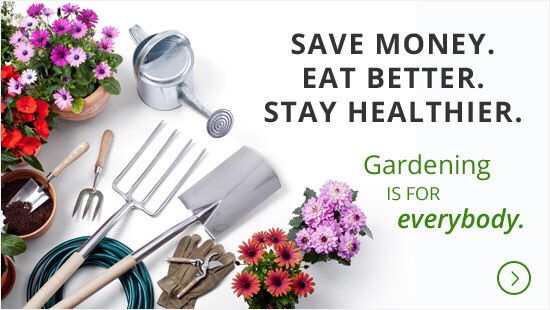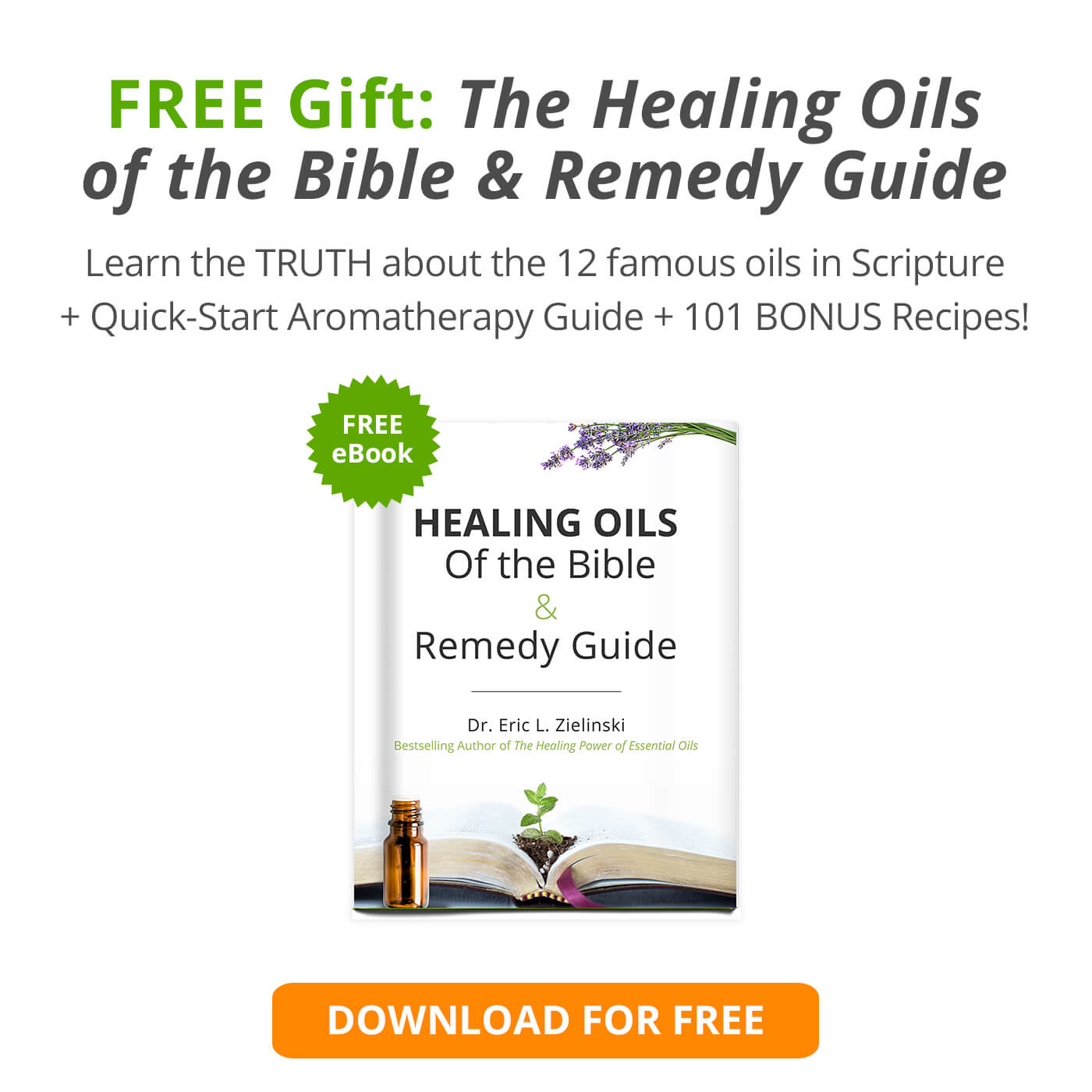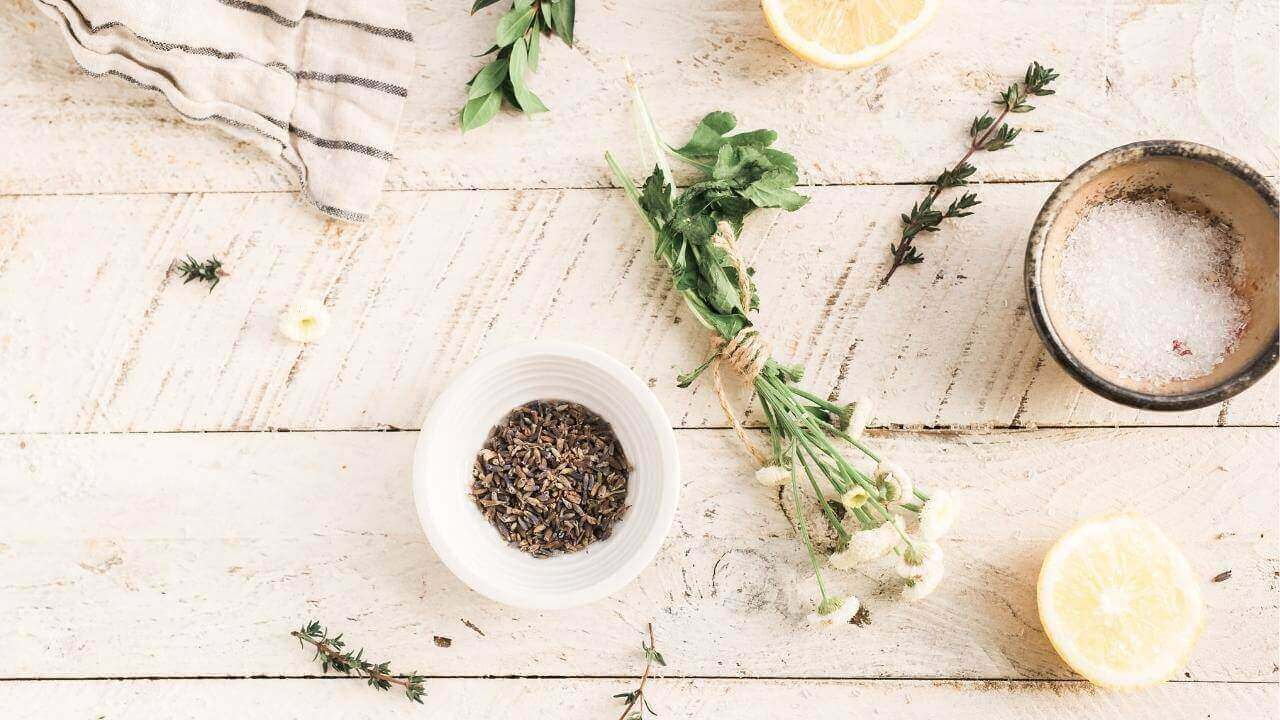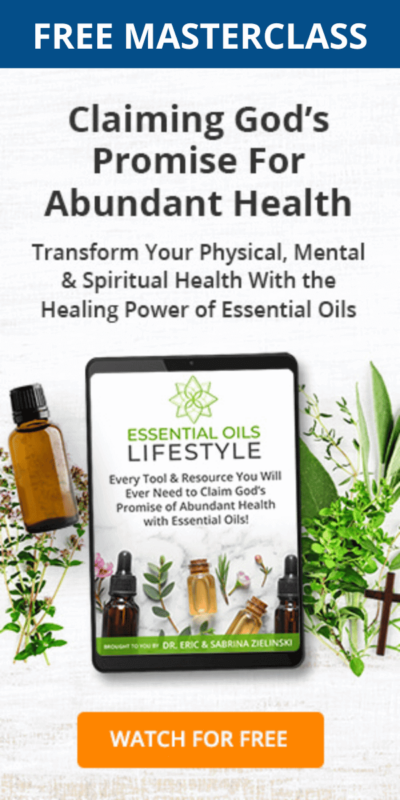Learning how to build a pollinator garden that brings in plenty of bees, butterflies, and hummingbirds will help you achieve a more bountiful harvest that will provide for your family throughout the year. They bring life to the garden- literally and figuratively.
Table of Contents
Desired Pollinators in Your Garden
Spending time in my garden is one of my favorite activities. Out there, it is so easy to feel connected to God as your hands are busy in the earth, working to grow wonderful, healthful things to sustain your family. And with pollinator attracting plants, you’ll be surrounded by a plethora of little helpers who ensure that you are getting the best harvest you can!
Honeybees are the best known pollinators, but there are so many other insects and creatures that help to spread pollen and make your garden fertile and fruitful! We could “bee” here all day naming all of the amazing pollinators that you want to see in your garden, but we’ll just concentrate on the most common and easiest to attract.
- Honeybees
- Bumblebees
- Butterflies
- Hummingbirds
These are just a few of the many pollinators that are attracted to a number of useful and easy to grow flowers and herbs, making them key players as you learn how to build a pollinator garden. Honeybees, bumblebees and butterflies tend to be the most active on vegetable plants, but the bright colored flowers of pollinator friendly plants help bring them to your yard.
The Benefits of Garden Pollinators
Bees sometimes get a bad rap, but along with butterflies, hummingbirds, wasps, moths, birds, and other visitors that frequent your garden, they really are your best friends. They aren’t just buzzing around and trying to sting you! They’re helping to spread the pollen grains that your plants produce, allowing them to develop fruit and fertile seeds.
Without the more than 200,000 species of pollinators around the world, we simply would not be able to have a garden at all! And more than that – many pollinators benefit the ecosystem as a whole. Not to mention the benefits of raw honey from one of my favorite pollinators, the honeybee.
Best Pollinator Garden Plants
One important point in how to build a pollinator garden is understanding what flowers are the best choice to bring in these helpful little creatures. There are dozens upon dozens of flowers that would be a great choice to plant in a pollinator garden. Those with bright colors, sweet smells, and high production of nectar are perfect choices as these tend to attract insects and birds. Here are a few of our favorite plants to grow when you build a pollinator garden.
Organic Gardening Made Easy Masterclass!Learn more about gardening and non-toxic landscaping with Mama Z's Organic Gardening Masterclass - only for Bible Health Academy Members!
What Are the Best Flowers for Garden Pollination?
- Zinnia – These colorful flowers are simply gorgeous to the eye and do wonders to bring in bees and butterflies. Tuck these annuals into open spaces in your garden for a pop of color and to bring pollinators into the areas you want them.
- Lantana – Lantana are a perfect choice for your pollinator garden, as they are a very versatile plant. These grow as perennials in some areas, but can also be treated as an annual in other regions, making them a great choice to tempt butterflies and bees, along with their gorgeous array of colors.
- Sunflowers – Bees and butterflies adore sunflowers, and so do I! Not only are they just colorful and uplifting, but they are also wonderful low maintenance plants that you can pop in wherever you might have a bit of space.
- Canna – The vibrant, tropical look of Canna flowers is a visually stunning addition to your garden, but the real benefit is that hummingbirds flock to these gorgeous flowers. They can be grown from a cutting or bulbs and started indoors when you have a shorter gardening season.
- Hibiscus – Beautiful hibiscus flowers are another favorite of the hummingbird. Grow these tropical flowers as annuals or bring them inside and treat them as perennials. Not only will they help support the pollinators in your garden, but they can be used to make wonderful tea, as well!
- Lavender – Lavender has so many amazing benefits both in the home and in the garden. Bees, in particular, love this beautiful flower. It is easy to grow without a lot of extra work in the garden!
What are the Best Pollinators for a Vegetable Garden?
The fragrance of many herbs and their sweet blooms also serve to attract pollinators to the garden in many instances. Including herbs when you decide how to build a pollinator garden can serve double duty, not only attracting pollinators, but also herbs are useful in cooking and for other purposes around the home. As we put together our pollinator garden, we were sure to include these amazing herbs, among others. Consider companion planting these pollinator-friendly herbs in or near your vegetables to encourage pollination.
- Basil – When basil reaches the point of flowering, bees and other pollinators will come flocking to the sweet little flowers. Take care not to over harvest your basil, allowing some to go completely to flower.
- Oregano – As oregano reaches the point of flowering, it is very appealing to bees. This favorite herb in cooking also has wonderful appeal to help bring in the necessary pollinators in the garden, allowing your harvest to thrive.
- Mint – The fragrance of the mint plant is appealing to people, but also is attractive to pollinators, as well. Remember that mint tends to spread rapidly, so take care when planting.
- Fennel – Swallowtail caterpillars are highly attracted to the licorice taste of the fennel plant. This is a great addition to your pollinator garden to help support the population of butterflies in the area.
- Garlic Chives – Allow some of your garlic chives to grow to the point of flowering, as this useful herb is a favorite of bees and some butterflies. As tempting as it can be to harvest it all for your kitchen, leave some behind for your insect friends, as well!
How to Make a Pollinator Garden Successful
Building a pollinator garden that works for you can be as easy as any other garden space in your home. Here are some tips to help you be successful as you build your pollinator garden.
- One of the most important things to remember when learning how to build a pollinator garden is to select plants that will grow well in your area. Take a bit of time to research by visiting a local greenhouse or nursery that will have great information specific to your location.
- Be sure to include some native plants and flowers in your pollinator garden, in addition to the beautiful non-native species. Giving local insects and wildlife the plants they are instinctively drawn to will help these populations to grow and thrive.
- When you plant to attract pollinators, plant in groups to give the bees, butterflies, and hummingbirds plenty of beautiful flowers to choose from. They will stick around longer and be more useful to your garden when they’re occupied with several flowers in a small area than if they have to move around to find a nectar filled treat.
- Avoid pesticides of any kind, as these endanger the lives of the wonderful pollinators that you have managed to attract with your garden.
Learn more about safe organic gardening techniques that you can implement right on your porch or in your backyard.
Learn More About Organic Gardening with Our Masterclass! See all my secrets for non-toxic landscaping with my Organic Gardening Masterclass - only for Bible Health Academy Members!









